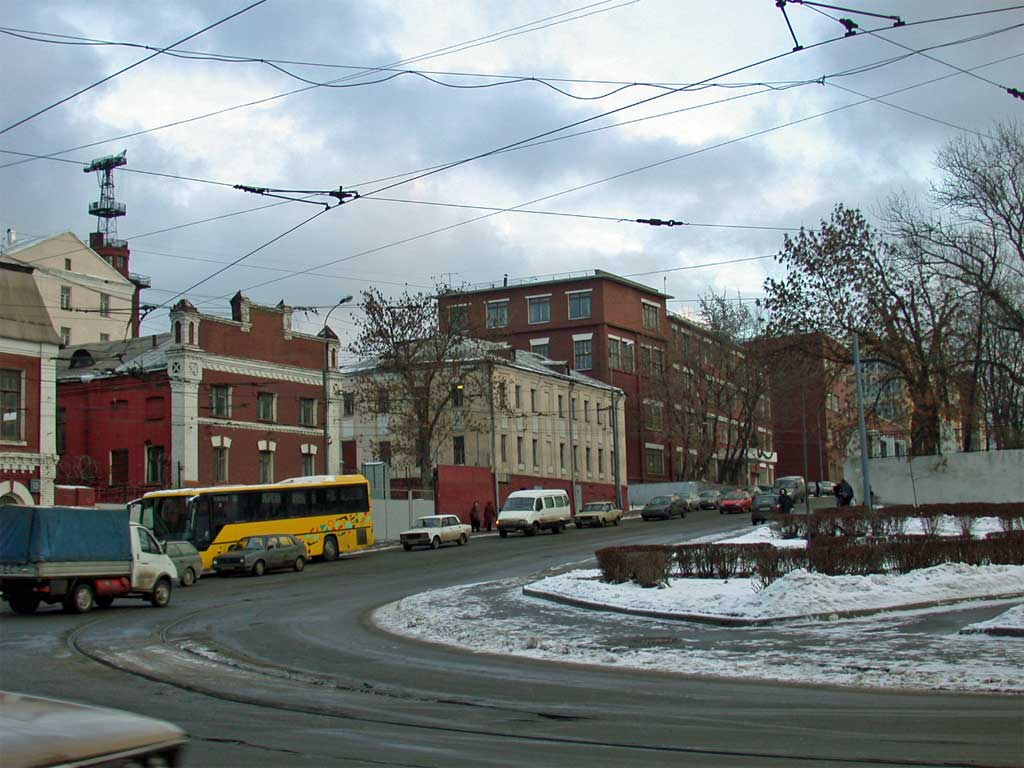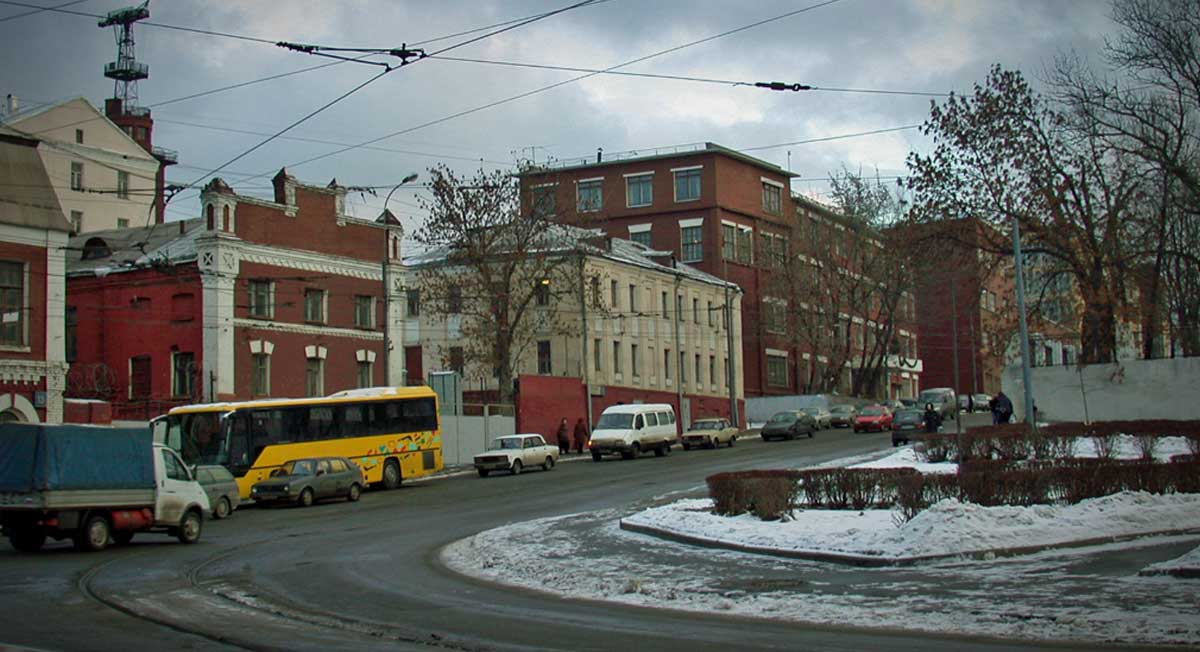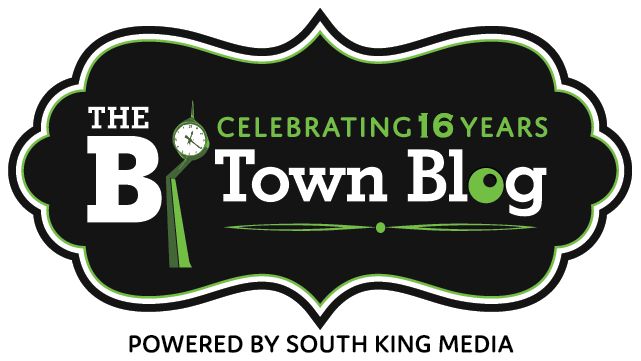EDITOR’S NOTE: Burien resident Fred Feiertag’s column for The B-Town Blog will help you start your week every Monday. He will be sharing his observations, travel stories, wanderings and more…
On the ground in Moscow, Russia brought so many new experiences that we were in a constant state of either head shaking or amazement.
Even before our work assignment started, we were confronted with how the busy capital of this huge country was operating in a nether world of not communist but not a capitalist industrial city. This was demonstrated by the traffic in the streets. Moscow is a big city by any measure with a population of 17 million in the greater area and over 12 million in the central city. It is a big place. In the time of our visit the number of cars in the streets was increasing quickly. However, the street system was not yet adapting. There were no freeways as we think of them. There were some broad multilane boulevards, but the traffic controls were not up to the task. Most days the traffic was all but stopped by mid-morning and stayed that way until evening.
For our personal safety, our Boeing Russian hosts had arranged for cars to take us to the institutions we were to evaluate. The drivers were able, and we also had an additional staff member whose job was obviously to provide security. Unfortunately, the traffic conditions made this means of conveyance almost useless. It seemed we could have walked to our destinations more quickly.
Then modern Moscow taught us a lesson.
One day we were being taken back to the Boeing offices in central Moscow for lunch. We were locked in traffic at a junction with a street joining flow from the right about a block ahead of us. Sitting stopped, the doors of the sedan behind us opened and four men got out and rushed past us to the car directly ahead of our car. They reached out and opened the doors of that car and pulled out the passengers. Right before our eyes the proceeded to beat the passengers with brutal speed. One of the victims in particular seemed to be the main target. Almost before we could realize what had happened the thugs returned to their car behind us. They jumped in and the motor revved and they forced their way through the stopped traffic and made their way surprisingly fast out of our view. It almost seemed like the stopped traffic knew what to do and made just enough space for the bad guys to flee.
I must admit we felt shocked by this spectacle. Our driver and his assistant seemed calm and told us that this was normal. A local mob was settling some grievance and we were not involved! Quite an introduction to life in Moscow traffic. This event convinced me that I would need to take a strong position on how I would travel in Moscow. My complaints were heard and one of our host translators volunteered to take some of us on an introductory trip on the Moscow subway. Natasha became an angel for me when I returned for solo duty. More on that later.
The Moscow subway is a marvel of engineering and proof that while the communist system was inferior in so many ways, it could at times produce something admirable. First opened in 1935 during the rule of Josef Stalin, the system has grown steadily to be the biggest outside of China. When we were there it carried as many as 9 million passengers a day. The trains ran 19 hours a day and a train would arrive and leave every 90 seconds during rush hours. Besides these astronomical numbers the stations were all built very deep underground to serve as bomb shelters. Huge blast doors could be seen that would isolate the tunnels from the outside. I was amazed at the heavy-duty escalators that raced down into the depth of the system from the ground level stations. Each station had three escalators one down, one up, and the middle was reversible for the appropriate rush hour.
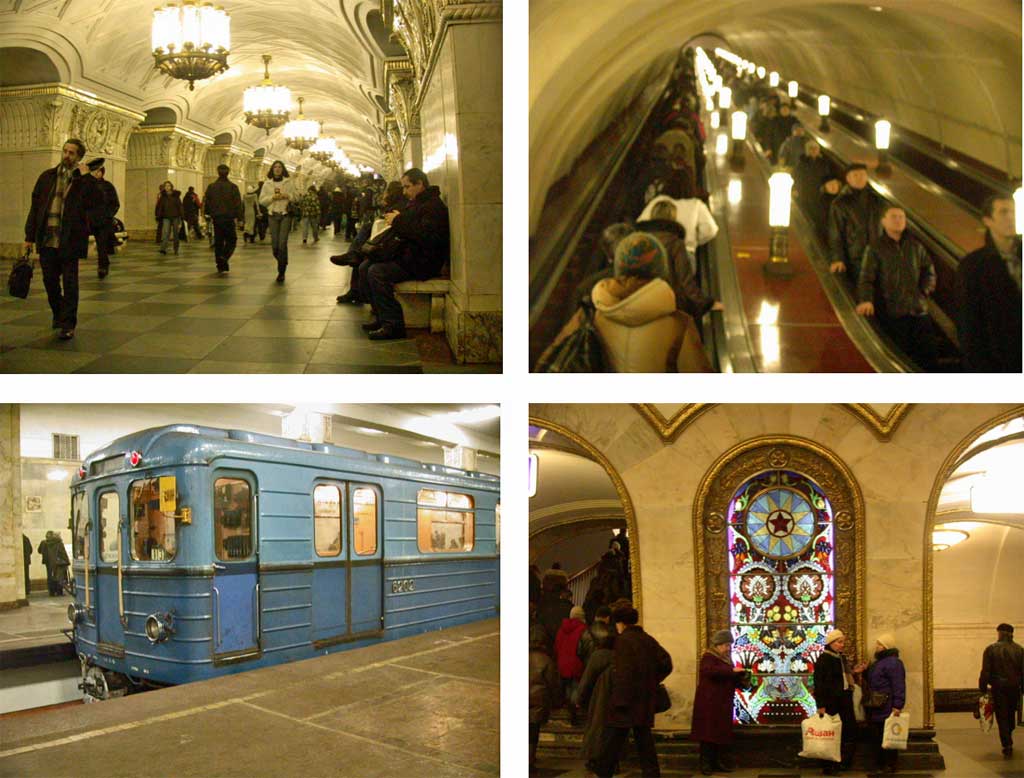
The stark numbers of this system don’t tell what the stations are like. Each is styled differently and the degree of artistic effort in them is unlike anything else you will find anywhere. Once I learned the simple steps to follow, I found that the Metro was one of my favorite things about Moscow. Its ability to swallow a crowd and whisk it away is simply remarkable. Doing this in a combination of a starkly efficient soviet construction yet decorated with art worthy of a world class museum is unforgettable. When on my own I insisted that I would travel by subway. This turned out to be more complicated.
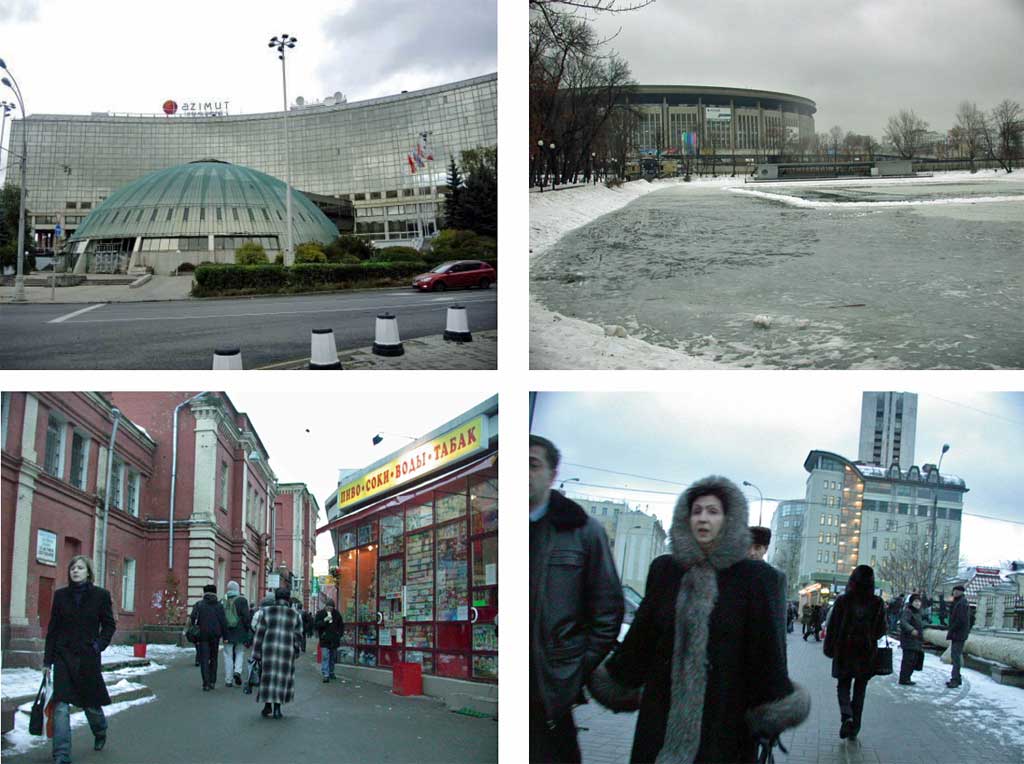
We were told that the fancy hotel we were staying in was not very convenient for the subway. Later I found this wasn’t entirely true, but I agreed to move to a hotel more suitable to my commute. This was added adventure. The Renaissance Hotel was a very large and modern building. It turned out to have been built after the 1980 Moscow Olympics. It was the event widely boycotted by the USA and dozens of other countries. The hotel was being run by the Marriott brand when I was there. Nearby was the huge indoor stadium and other sports venues. A nice park was just across the main road. I learned that I would need to walk about one-half mile to reach the Prospekt Mira metro station. Would ride the train just a few stops to the Kurskya Station beneath a very large railway station. My long walk would then take me a mile or so through a nice neighborhood to the vicinity of Moscow State University to a tired building on Radio Ulitsa, Radio Street. Here is where my temporary workplace was to be found, VIAM, the state materials laboratory for all of Russia.
